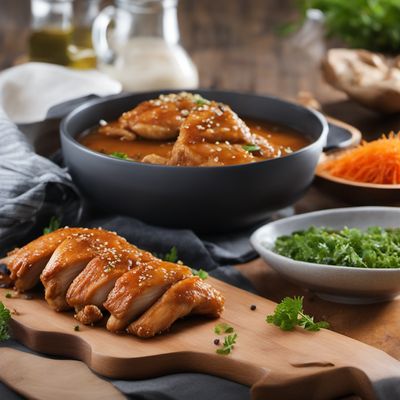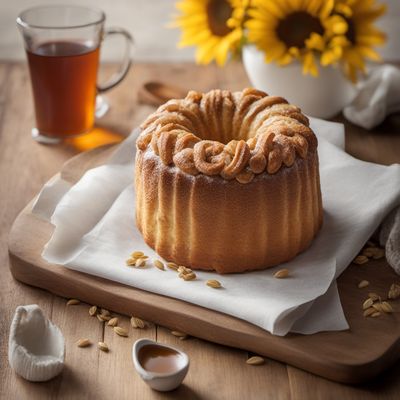
Cuisine
Cuisine of North Dakota
The cuisine of North Dakota is characterized by hearty, filling dishes that are made with locally sourced ingredients. The state is known for its Scandinavian heritage, which is reflected in dishes such as lutefisk and lefse. Other popular dishes include kuchen, knoephla soup, and bison burgers.
Typical ingredients
Bison, Wheat, Potatoes, Carrots, Onions, Garlic, Cream, Butter, Cheese, Lefse, Kuchen, Lutefisk
Presentation and garnishing
The presentation of North Dakota cuisine is often simple and rustic. Dishes are typically served family-style, with everyone helping themselves from platters and bowls. Garnishes are minimal and often include fresh herbs or a sprinkle of paprika.
North Dakota is the largest producer of honey in the United States. The state is also known for its production of wheat and other grains.
More cuisines from this region...
Cuisine of Chicago, Cuisine of Omaha, St. Louis cuisine, Cuisine of Wisconsin
History
The history of North Dakota cuisine dates back to the early 19th century when Scandinavian immigrants settled in the region. These immigrants brought with them their traditional dishes and cooking techniques, which were adapted to the local ingredients and tastes. Over time, North Dakota cuisine has evolved to include dishes from other immigrant groups, such as the Germans and Ukrainians. Today, the cuisine of North Dakota is a blend of traditional dishes and modern interpretations.
Cultural significance
The cuisine of North Dakota is an important part of the state's cultural identity. Many of the dishes are associated with local traditions and events, such as the Norsk Hostfest, which is the largest Scandinavian festival in North America. The state is also home to many local food producers and farmers, who play an important role in the local economy.
Health benefits and considerations
Many North Dakota dishes are high in calories, fat, and sodium. However, the cuisine also includes many nutrient-dense ingredients, such as vegetables and lean proteins. Moderation is key when enjoying North Dakota cuisine.
Cuisine of North Dakota recipes Browse all »

North Dakota Bison Pepper Steak
Savory Bison Pepper Steak with a North Dakota Twist

North Dakota Fry Jacks
Savory Fry Jack Delights: A Taste of North Dakota

North Dakota Bison Stew
Prairie Bison Delight

North Dakota Bison Stew
Prairie Bison Delight

North Dakota Style Wenchang Chicken
Savory Prairie Chicken Delight

North Dakota Bison Stew
Savory Bison Stew with North Dakota Flair

North Dakota Rice Salad
Harvest Delight Rice Salad

Baked Heart Casserole
Hearty Delight: Baked Heart Casserole with North Dakota Flair

North Dakota-style Grilled Beef Tongue
Savory Grilled Beef Tongue Delight

North Dakota-style Drappit Eggs
Savory Prairie Eggs: A Taste of North Dakota

North Dakota-inspired Ciambella di San Cataldo
Prairie Twist: North Dakota-inspired Ciambella di San Cataldo

North Dakota Fudge Pie
Decadent Chocolate Delight: North Dakota Fudge Pie